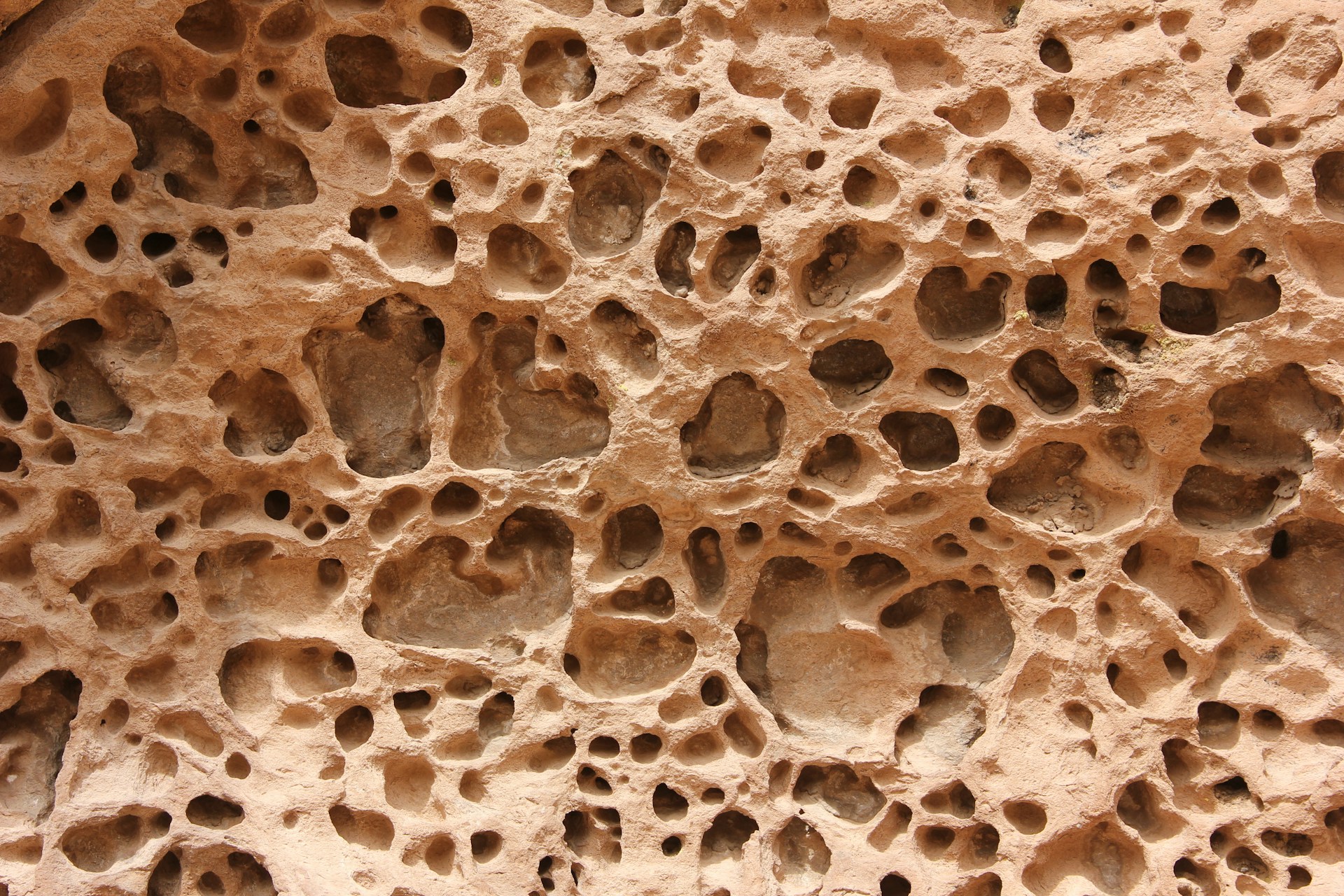A team of chemical and materials engineers at Washington University in St. Louis have demonstrated a method to tune chemical functional groups inside nanoporous materials, enabling precise control over local ion concentrations and pH levels. This insight could inform the design of more efficient desalination membranes, CO₂ storage media and porous catalysts. The research, which was published in ACS Applied Materials & Interfaces, can be found here:
Zhu, Y., Gupta, P., Gholami Derami, H., Huang, Y.-Y., Singamaneni, S., & Jun, Y.-S. (2025). Chemical Functional Groups Regulate Ion Concentrations and pHs in Nanopores. ACS Applied Materials & Interfaces, 17(18), 27310–27322. https://doi.org/10.1021/acsami.4c15940
Young-Shin Jun, a professor of energy, environmental and chemical engineering, and Srikanth Singamaneni, the Lilyan & E. Lisle Hughes Professor in the Department of Mechanical Engineering and Materials Science, and their teams have published results of research that sheds light on how chemical functional groups influence the concentration of ions and pH inside nanopores.
The researchers combined surface-enhanced Raman spectroscopy (SERS) with a core–shell plasmonic nanosensor; a gold nanorod core coated in mesoporous silica functionalized with specific chemical groups, to measure local concentrations of protons, anions (phosphate, nitrate, sulfate, arsenate) and cations (mercury, lead, copper) within nanopores. By comparing in-pore readings to bulk solution concentrations, they were able to view ion–surface interactions in real time.
In nanopores that were left unmodified or functionalized with hydrophobic groups (methyl, phenyl), the team observed a consistent increase in anion concentration and a corresponding decrease in cation concentration compared with bulk levels. Moreover, the pH inside these confined spaces could be up to 2.5 units lower than the surrounding solution; even when the bulk was well buffered.
By contrast, nanopores functionalized with hydrophilic groups; specifically amines, thiols and carboxyls, showed pH values that correlated with the pKₐ of the surface group and metal-ion partitioning influenced by the strength of chemical interactions. Young-Shin Jun, professor of energy, environmental and chemical engineering stated:
“Learning the local concentrations of precursor ions, such as protons, anions and cations, in differently functionalized nanopores can improve our understanding of crucial catalytic reactions in those nanopores, allowing more precise control in pore engineering,”
Srikanth Singamaneni, the Lilyan & E. Lisle Hughes Professor in the Department of Mechanical Engineering and Materials Science, added:
“Integrating functionalized porous materials with plasmonic nanosensors is a universal and powerful approach to understanding the unusual physical, chemical and biological properties of nanoporous materials, this work establishes a methodology that can be easily extended to other porous materials.”
By mapping how functional groups affect ion distribution and pH at the nanoscale, engineers can design membranes that reject salts more selectively or catalysts that can use local acidity for reaction pathways. Jun said:
“By understanding nanopore chemistry, we can design better materials and comprehend the reactions that occur within the tiny yet critical world of nanopores. Interestingly, many exciting reactions take place in areas that are not directly visible and remain hidden. The pH, chemical species and their concentrations in these reactions often differ from those in the bulk solution. This new insight helps us to understand unexpected reactions within nanoporous systems.”
The study was carried out by a team at Washington University in St. Louis, comprising Yaguang Zhu, Prashant Gupta, Hamed Gholami Derami, Yin-Yuan Huang, Srikanth Singamaneni and Young-Shin Jun, who together combined expertise in plasmonic nanosensor design, surface-enhanced Raman spectroscopy and nanopore functionalization to map how chemical groups regulate ion concentrations and pH within nanoconfined environments.

Hassan graduated with a Master’s degree in Chemical Engineering from the University of Chester (UK). He currently works as a design engineering consultant for one of the largest engineering firms in the world along with being an associate member of the Institute of Chemical Engineers (IChemE).



